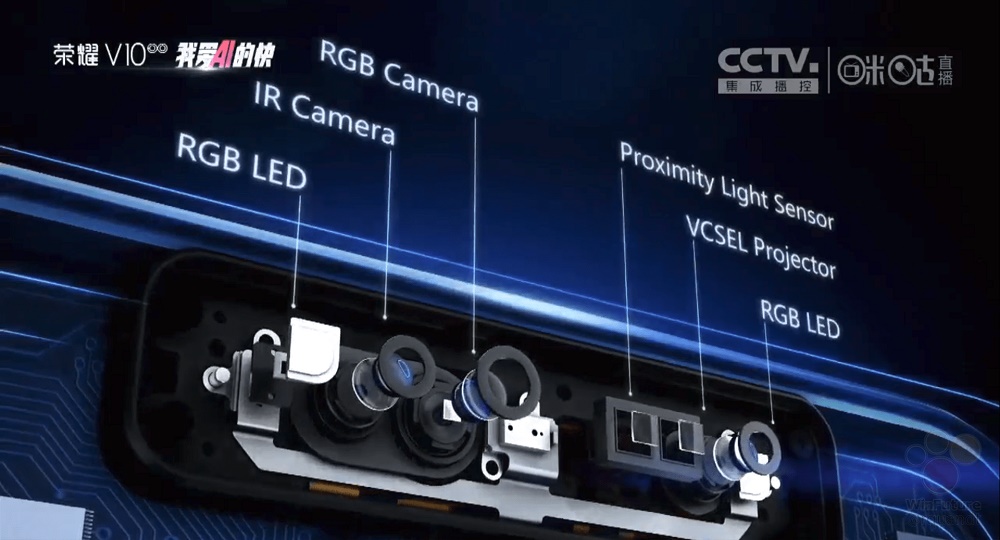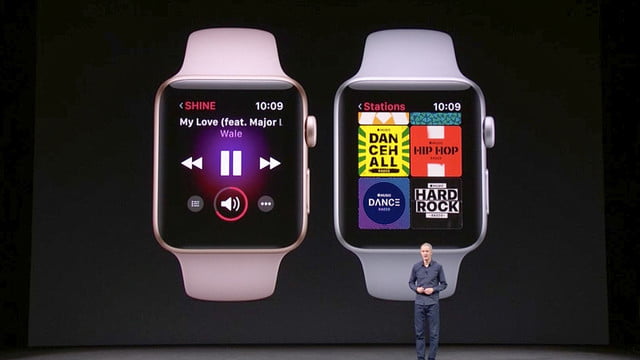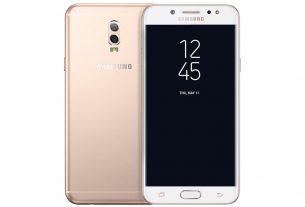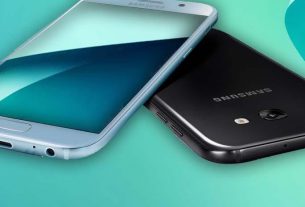Apple has introduced the iPhone X and its Face ID sensor a new way to the most secure login of the user with mobile devices. Nice side effect: the 3D sensor also allows animated emojis, that are called at Apple Animoji. Of course, the Kinect-like sensor of the Apple flagship also ensures that the competition strives to offer something similar. currently, Huawei has shown a similar concept.
The presentation of the honor, V10 was indeed the new flagship smartphone of the Huawei subsidiary brand in the center, you gave at the end of the presentation but also a look at planned innovations. Honor and Huawei are working on their own 3D sensor, which can work without a laser sensor. Instead, they rely on a special camera, that is able to make a “depth map” of the face even without a laser sensor.
The camera apparently uses the so-called fringe projection to capture various details of the user’s face and in effect create a “map” of elevations and depressions of the face. The system, which was demonstrated by Honor, works with a resolution of 1280×800 pixels, that is sufficient to make a model of 300,000 points within ten seconds.
This network is then used similarly to the concept used by Apple, on the one hand, to register the user with the device and on the other hand just to enable animated emoji. so Honor puts the grid created by the fringe projection camera over pre-made 3D emojis to animate them. The demo included a bear and some anime characters.

Huawei and Honor also want to use the technology to ensure a secure login of the user. so it had been mentioned that the face identification in the future should also serve to unlock the smartphone and to identify payment transactions on the smartphone. The registration should be possible within 400 milliseconds, whereby the system would be slightly slower than the built-in Huawei smartphones fingerprint reader, which might identify the user, at least according to the marketing materials, within 100 to 300 milliseconds.
In the Honor V10, the new technology isn’t yet included and Huawei and Honor didn’t provide any info on when the primary equipment equipped with it may be expected. Presumably, they need to equip the upcoming top models, which will be launched next year, particularly the Huawei P11.




